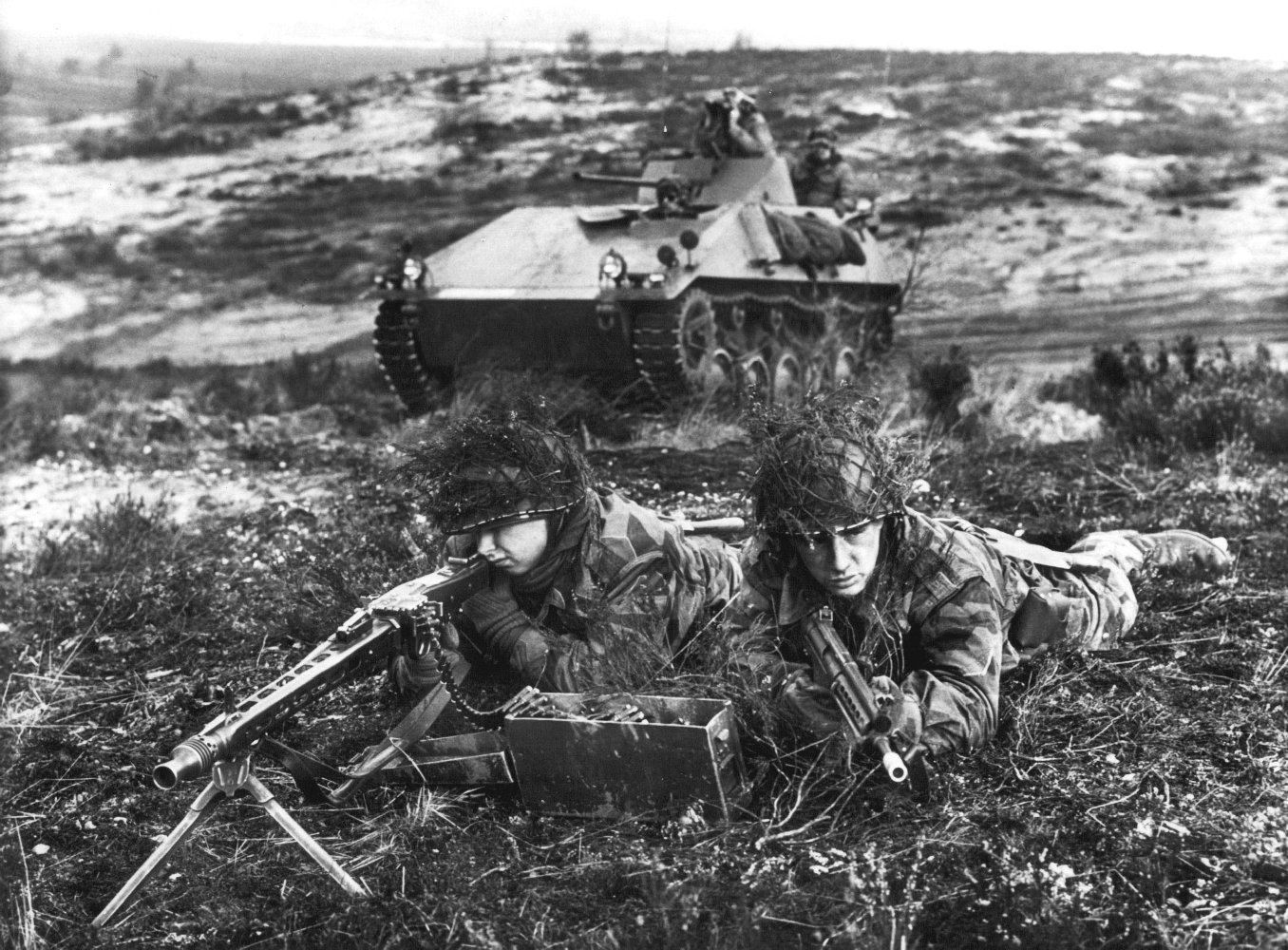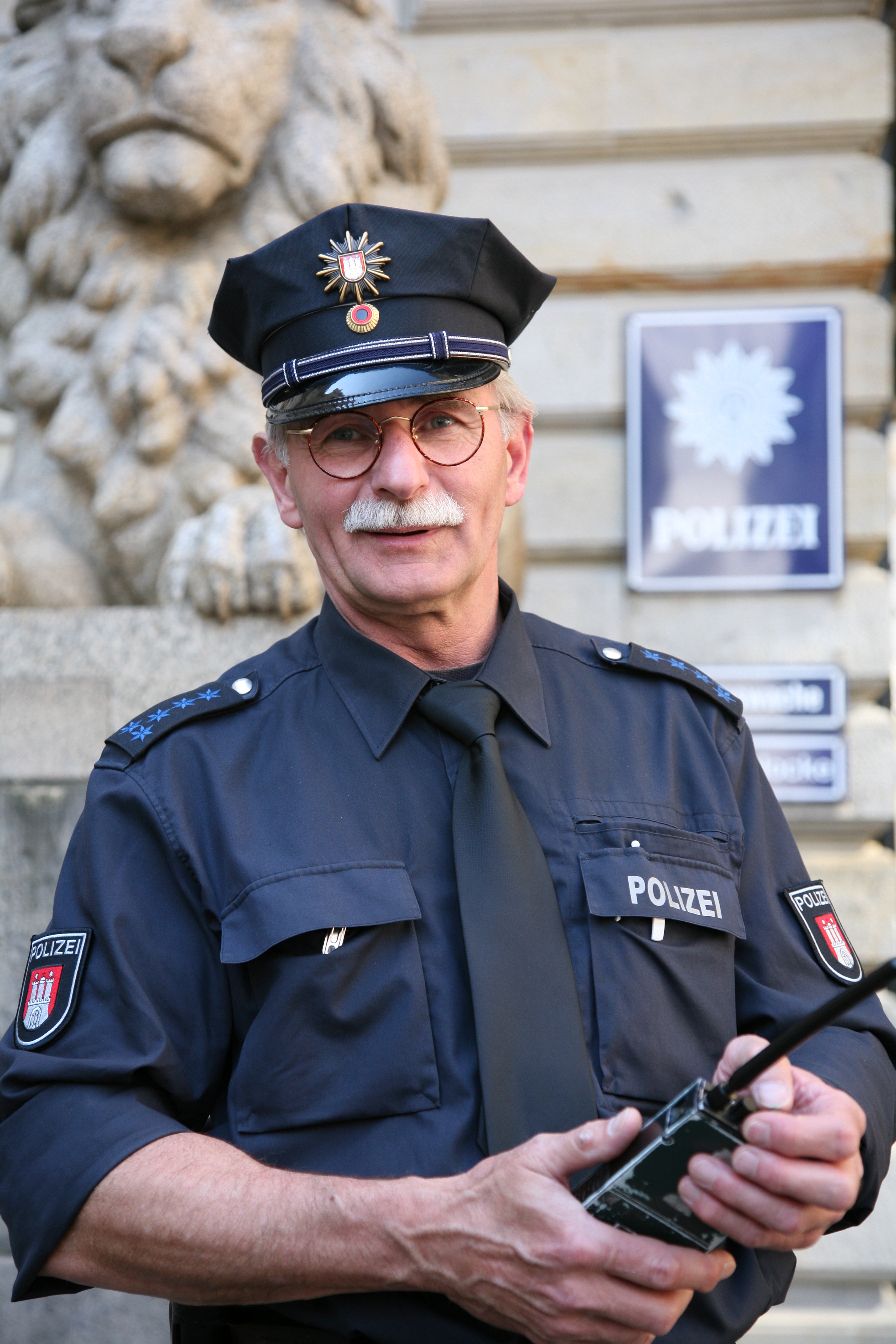|
8th SS Police Regiment
The 8th SS Police Regiment () was initially named the 8th Police Regiment (''Polizei-Regiment 8'') when it was formed in 1942 from existing Order Police (''Ordnungspolizei'') units for security duties on the Eastern Front. It was redesignated as an SS unit in early 1943. Formation and organization The regiment was ordered formed in July 1942 in Russia, but the regimental headquarters was not formed until 2 September.Tessin & Kanapin, p. 619 Police Battalion 91 (''Polizei-Batallion 91''), Police Battalion 111 and Police Battalion 134 were redesignated as the regiment's first through third battalions, respectively.Arico, pp. 268, 313, 341 All of the police regiments were redesignated as SS police units on 24 February 1943.Tessin & Kannapin, p. 557 The regimental headquarters was destroyed in January 1943 and its remnants were withdrawn to Gotenhafen-Adlershorst, (now dynia-Orłowo Poland), where they were used to help form the first battalion of the 36th Police Rifle Regiment ... [...More Info...] [...Related Items...] OR: [Wikipedia] [Google] [Baidu] |
Schutzstaffel
The ''Schutzstaffel'' (; ; SS; also stylised with SS runes as ''ᛋᛋ'') was a major paramilitary organisation under Adolf Hitler and the Nazi Party in Nazi Germany, and later throughout German-occupied Europe during World War II. It began with a small guard unit known as the ''Saal-Schutz'' ("Hall Security") made up of party volunteers to provide security for party meetings in Munich. In 1925, Heinrich Himmler joined the unit, which had by then been reformed and given its final name. Under his direction (1929–1945) it grew from a small paramilitary formation during the Weimar Republic to one of the most powerful organisations in Nazi Germany. From the time of the Nazi Party's rise to power until the regime's collapse in 1945, the SS was the foremost agency of security, mass surveillance, and state terrorism within Germany and German-occupied Europe. The two main constituent groups were the '' Allgemeine SS'' (General SS) and ''Waffen-SS'' (Armed SS). The ''Allgemeine ... [...More Info...] [...Related Items...] OR: [Wikipedia] [Google] [Baidu] |
Battalion
A battalion is a military unit, typically consisting of up to one thousand soldiers. A battalion is commanded by a lieutenant colonel and subdivided into several Company (military unit), companies, each typically commanded by a Major (rank), major or a Captain (armed forces), captain. The typical battalion is built from three operational companies, one weapons company and one headquarters company. In some countries, battalions are exclusively infantry, while in others battalions are unit-level organizations. The word ''battalion'' has its origins in the Late Latin word ''battalion'', which is derived from ''battalia'', meaning "battle" or "combat." The term was used to describe a large group of soldiers ready for battle. Over time, its meaning evolved in military terminology. The word "battalion" came into the English language in the 16th century from the French language, French , meaning "battle squadron" (similar to the Italian language, Italian meaning the same thing) and ... [...More Info...] [...Related Items...] OR: [Wikipedia] [Google] [Baidu] |
Hungary
Hungary is a landlocked country in Central Europe. Spanning much of the Pannonian Basin, Carpathian Basin, it is bordered by Slovakia to the north, Ukraine to the northeast, Romania to the east and southeast, Serbia to the south, Croatia and Slovenia to the southwest, and Austria to the west. Hungary lies within the drainage basin of the Danube, Danube River and is dominated by great lowland plains. It has a population of 9.6 million, consisting mostly of ethnic Hungarians, Hungarians (Magyars) and a significant Romani people in Hungary, Romani minority. Hungarian language, Hungarian is the Languages of Hungary, official language, and among Languages of Europe, the few in Europe outside the Indo-European languages, Indo-European family. Budapest is the country's capital and List of cities and towns of Hungary, largest city, and the dominant cultural and economic centre. Prior to the foundation of the Hungarian state, various peoples settled in the territory of present-day Hun ... [...More Info...] [...Related Items...] OR: [Wikipedia] [Google] [Baidu] |
Protectorate Of Bohemia And Moravia
The Protectorate of Bohemia and Moravia was a partially-annexation, annexed territory of Nazi Germany that was established on 16 March 1939 after the Occupation of Czechoslovakia (1938–1945), German occupation of the Czech lands. The protectorate's population was mostly ethnic Czechs, Czechs. After the Munich Agreement of September 1938, the Third Reich had annexed the German-majority Sudetenland to Germany from Second Czechoslovak Republic, Czechoslovakia in October 1938. Following the establishment of the independent Slovak Republic (1939–1945), Slovak Republic on 14 March 1939, and the German occupation of the Czech rump state the next day, German leader Adolf Hitler established the protectorate on 16 March 1939, issuing a proclamation from Prague Castle. The creation of the protectorate violated the Munich Agreement.C The protectorate remained nominally autonomous and had a dual system of government, with German law applying to ethnic Germans while other residents had th ... [...More Info...] [...Related Items...] OR: [Wikipedia] [Google] [Baidu] |
Security Division (Wehrmacht)
Security Divisions (German: ''Sicherungs-Divisionen'') were German rear-area military units engaged in Nazi security warfare in occupied Europe during World War II. Almost all divisions were employed in areas on the Eastern front with the exception of the 325th Security Division which operated within occupied France. The units were tasked with fighting local partisans, intelligience and counter-insurgency against resistance groups, rounding up Jews and other ethnic groups as part of the Holocaust, and conducting punitive actions in civilian areas. These divisions carried out numerous war crimes. Many of their commanders were punished after the war at the subsequent Nuremberg trials for their conduct during the war. History The Wehrmacht security divisions were set up at the beginning of 1941 and were intended to perform policing, security and counter-insurgency duties in the rear of the main German field armies, under the direction of the respective army rear area command ... [...More Info...] [...Related Items...] OR: [Wikipedia] [Google] [Baidu] |
German Army (Wehrmacht)
The German Army (, 'army') is the land component of the armed forces of Federal Republic of Germany, Germany. The present-day German Army was founded in 1955 as part of the newly formed West German together with the German Navy, ''Marine'' (German Navy) and the German Air Force, ''Luftwaffe'' (German Air Force). , the German Army had a strength of 63,047 soldiers. History Overview A German army equipped, organized, and trained following a single doctrine and permanently unified under one command was created in 1871 during the unification of Germany under the leadership of Prussia. From 1871 to 1919, the title ''German Army (German Empire), Deutsches Heer'' (German Army) was the official name of the German land forces. Following the German defeat in World War I and the end of the German Empire, the main army was dissolved. From 1921 to 1935 the name of the German land forces was the ''Reichswehr, Reichsheer'' (Army of the Realm) and from 1935 to 1945 the name ''German Army (We ... [...More Info...] [...Related Items...] OR: [Wikipedia] [Google] [Baidu] |
Poland
Poland, officially the Republic of Poland, is a country in Central Europe. It extends from the Baltic Sea in the north to the Sudetes and Carpathian Mountains in the south, bordered by Lithuania and Russia to the northeast, Belarus and Ukraine to the east, Slovakia and the Czech Republic to the south, and Germany to the west. The territory has a varied landscape, diverse ecosystems, and a temperate climate. Poland is composed of Voivodeships of Poland, sixteen voivodeships and is the fifth most populous member state of the European Union (EU), with over 38 million people, and the List of European countries by area, fifth largest EU country by area, covering . The capital and List of cities and towns in Poland, largest city is Warsaw; other major cities include Kraków, Wrocław, Łódź, Poznań, and Gdańsk. Prehistory and protohistory of Poland, Prehistoric human activity on Polish soil dates to the Lower Paleolithic, with continuous settlement since the end of the Last Gla ... [...More Info...] [...Related Items...] OR: [Wikipedia] [Google] [Baidu] |
Police Battalion 134
The police are a constituted body of people empowered by a state with the aim of enforcing the law and protecting the public order as well as the public itself. This commonly includes ensuring the safety, health, and possessions of citizens, and to prevent crime and civil disorder. Their lawful powers encompass arrest and the use of force legitimized by the state via the monopoly on violence. The term is most commonly associated with the police forces of a sovereign state that are authorized to exercise the police power of that state within a defined legal or territorial area of responsibility. Police forces are often defined as being separate from the military and other organizations involved in the defense of the state against foreign aggressors; however, gendarmerie are military units charged with civil policing. Police forces are usually public sector services, funded through taxes. Law enforcement is only part of policing activity. Policing has included an array of act ... [...More Info...] [...Related Items...] OR: [Wikipedia] [Google] [Baidu] |
Regiment
A regiment is a military unit. Its role and size varies markedly, depending on the country, military service, service, or administrative corps, specialisation. In Middle Ages, Medieval Europe, the term "regiment" denoted any large body of line regiment, front-line soldiers, recruited or conscripted in one geographical area, by a leader who was often also the feudal lord ''in capite'' of the soldiers. Lesser barons of knightly rank could be expected to muster or hire a Company (military unit), company or battalion from their manorial estate. By the end of the 17th century, infantry regiments in most European armies were permanent units, with approximately 800 men and commanded by a colonel. Definitions During the modern era, the word "regiment" – much like "corps" – may have two somewhat divergent meanings, which refer to two distinct roles: # a front-line military formation; or # an administrative or ceremonial unit. In many armies, the first role has been assumed by i ... [...More Info...] [...Related Items...] OR: [Wikipedia] [Google] [Baidu] |
Police Battalion 111
The police are a constituted body of people empowered by a state with the aim of enforcing the law and protecting the public order as well as the public itself. This commonly includes ensuring the safety, health, and possessions of citizens, and to prevent crime and civil disorder. Their lawful powers encompass arrest and the use of force legitimized by the state via the monopoly on violence. The term is most commonly associated with the police forces of a sovereign state that are authorized to exercise the police power of that state within a defined legal or territorial area of responsibility. Police forces are often defined as being separate from the military and other organizations involved in the defense of the state against foreign aggressors; however, gendarmerie are military units charged with civil policing. Police forces are usually public sector services, funded through taxes. Law enforcement is only part of policing activity. Policing has included an array of act ... [...More Info...] [...Related Items...] OR: [Wikipedia] [Google] [Baidu] |


